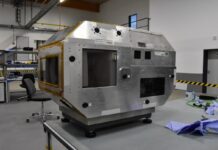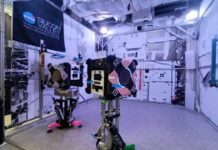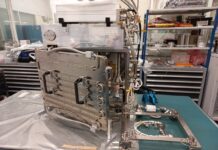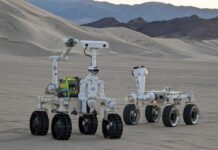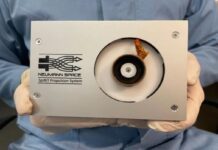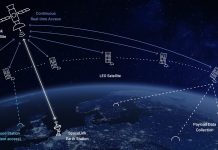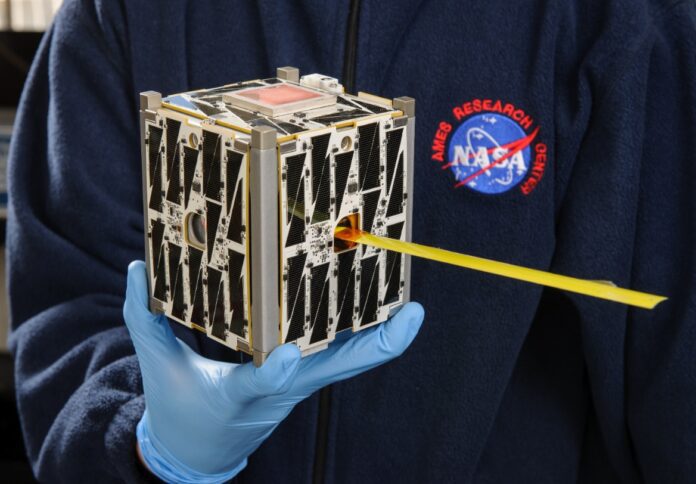
UNSW Sydney Professor Andrew Dempster, director of the Australian Centre for Space Engineering Research (ACSER), said he believes many people are unaware of how simple it is to send something into space, citing the use of cubesats, which are lunchbox-sized satellites that can undertake space-based experiments.
According to him, “The real benefit of cubesats is their plug-and-play nature” because it is simple to purchase all the necessary spacecraft equipment for anyone who wants to launch a cubesat, as well as to design and construct whatever payload they wish to incorporate.
Professor Dempster emphasised the opportunities this low-cost technology can bring to bolster space-related missions in the future.
He said, “Many people think it costs millions of dollars to launch a satellite into space – and that’s true for the traditional fully sized satellites. But for a cubesat it might only be $100,000-$150,000 to buy all the components and pay for it to be launched.”
He cited businesses like NanoRacks, an astronautics company, which work with the International orbit station.
The professor said this company can put the cubesat on a cargo spacecraft to the International Space Station (ISS) before releasing it into orbit using a deployment pod that has been specifically made.
According to Prof Dempster, there are several chances for Australian firms, industries, and educational institutions to become involved with cubesats, either through their design and manufacture or by the payloads that might be carried on them.
So far, Dempster said the promise has mostly gone untapped, while ACSER’s next CubeSatPlus Innovation & Development Workshop is attempting to alter that.
“We talk about ‘spinning in’. That is, people in other industries who may be interested in space but at the moment they think it’s just too hard, or just too expensive,” he said.
“For them, cubesats are possibly a great place to start. We know there are services that may be useful to people and businesses outside the space sector. It’s just about informing them and linking them to the relevant experts,” Prof Dempster explained.
He stated that it may not be evident how an individual’s work is related to and benefits from space in general, and cubesats in particular.
The professor went on to say that people interested in 3D printing or pressure vessels, on the other hand, may never have considered space applications – yet that type of work may be quite valuable on some space missions.
“Similarly, tests that you can do on materials or components in space can be very useful, such as testing in a vacuum, or testing the effects of radiation,” Prof Dempster said.
Looking forward, Prof Dempster said he believes that conversations among space industry specialists will make cubesats more durable and less likely to fail.


